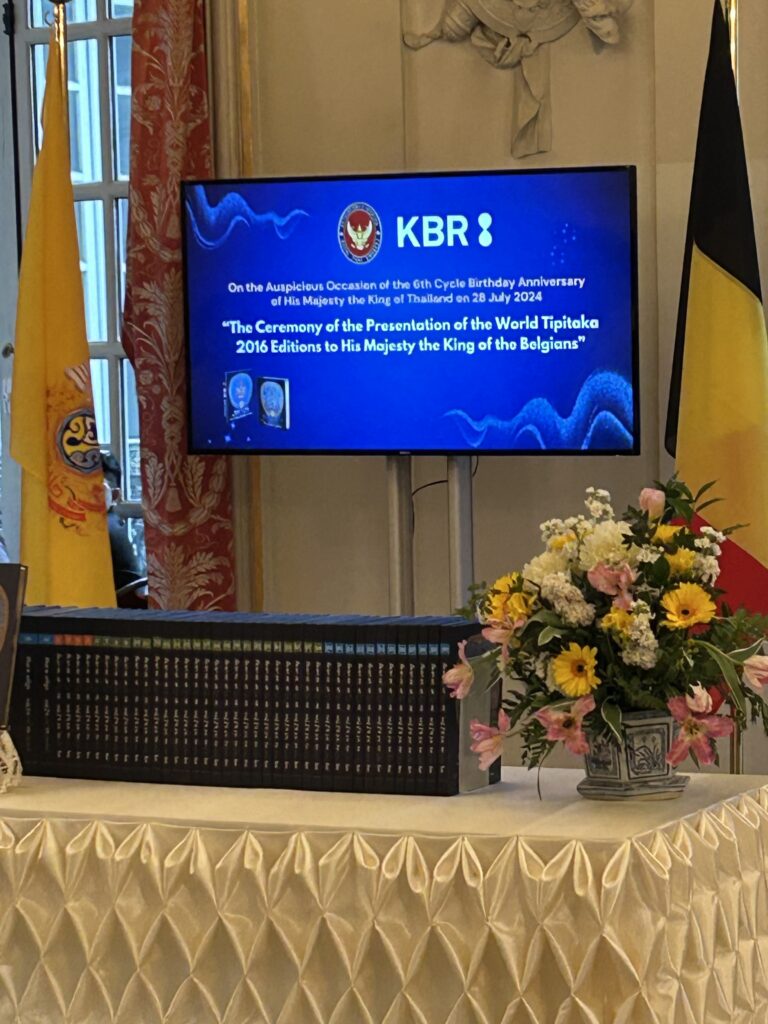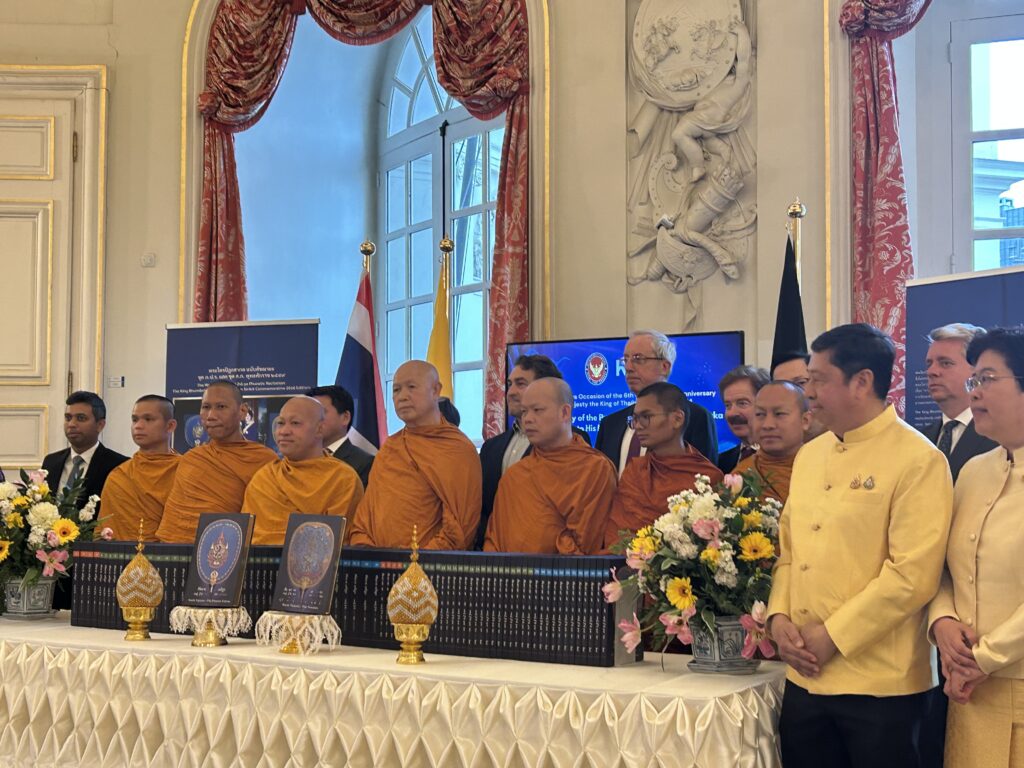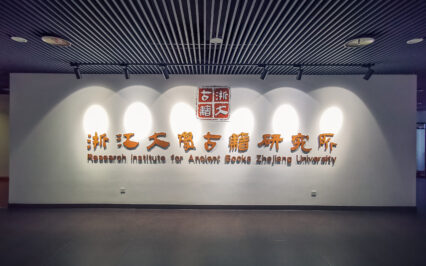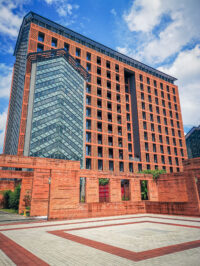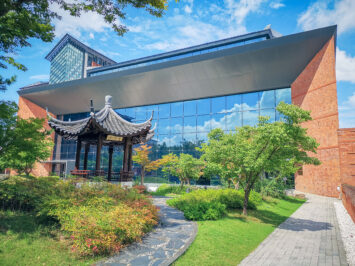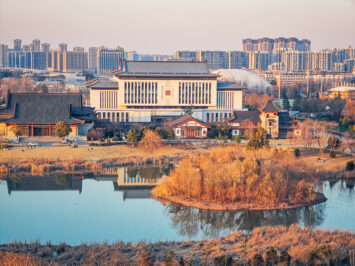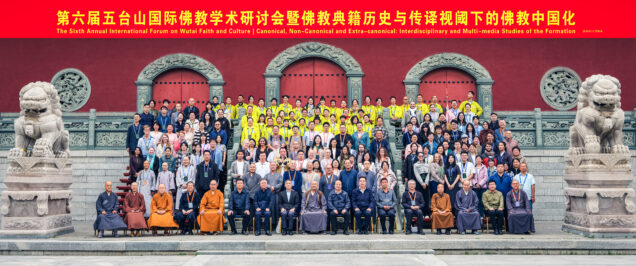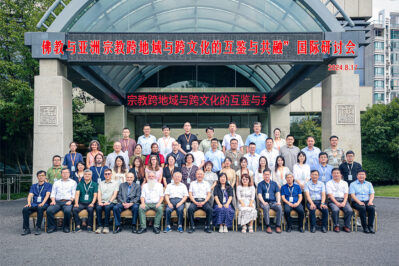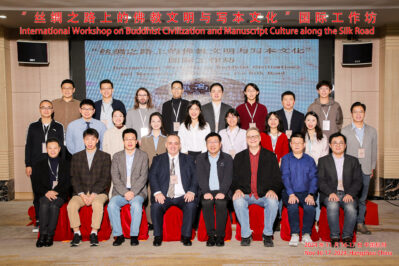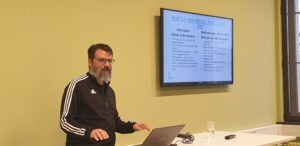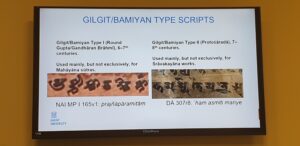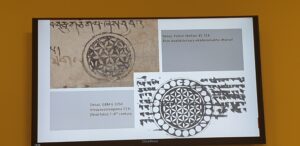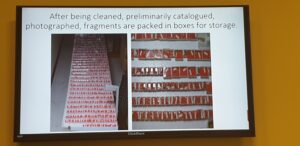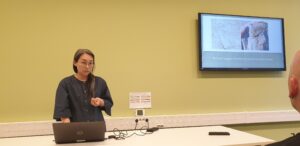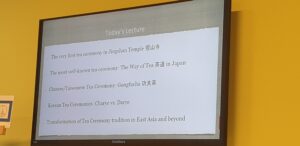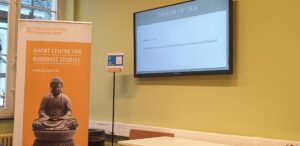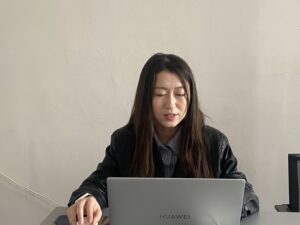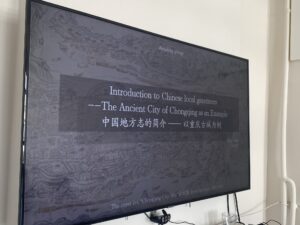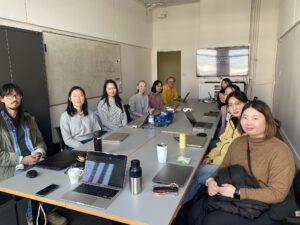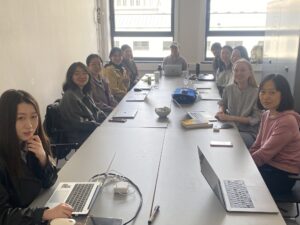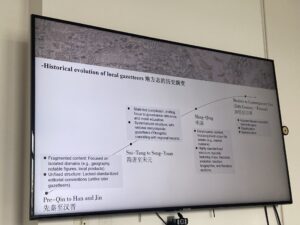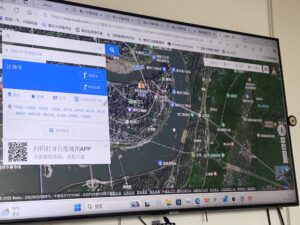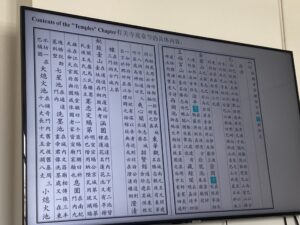We are hiring! One fully funded four-year PhD fellowship is now available in the ERC-funded project “Corpora in Greater Gandhāra: Tracing the Development of Buddhist Textuality and Gilgit/Bamiyan Manuscript Networks in the First Millennium of the Common Era” led by Professor Charles DiSimone at the Department of Languages and Cultures, Ghent University located in the center of the beautiful and historic city of Ghent, Belgium.
We warmly invite applications from MA graduates, particularly those interested in pursuing research on Buddhist textual traditions in classical languages. The successful candidate will join a dynamic and collegial team of international scholars.
📅 Application deadline: August 15
🔗 For the official announcement, please visit the website of the Ghent University.
Job description
In the last several years, fantastic manuscript finds have surfaced opening new windows into the scholarly study of the development of Buddhist literature. Gandhāra Corpora represents a multifaceted, holistic approach to the study of an important and voluminous genre of manuscript witnesses from an early era of Buddhist textual transmission composed mainly in Sanskrit in the Gilgit/Bamiyan type scripts from the historic region of Greater Gandhāra covering modern day Afghanistan, Pakistan, and parts of Northern India. The advertised PhD fellowship offers an opportunity for a young scholar to situate themselves within the field of the philological study of Buddhist manuscript cultures specifically and Buddhist Studies broadly.
In the Gandhāra Corpora project, the researcher will join an international team of scholars working on manuscript materials recently uncovered from the historic area of Greater Gandhāra and contribute to the study and preservation of this material. Within the department, the Pre-doctoral researcher will be a member of both the Ghent Centre for Buddhist Studies (https://www.cbs.ugent.be/) and the Ghent Centre for South Asian Studies research groups (https://www.india.ugent.be/english/). A project website will be up this fall but brief project details may be found here: https://research.flw.ugent.be/en/projects/corpora-greater-gandh%C4%81ra-tracing-development-buddhist-textuality-and-gilgitbamiyan
All nationalities are welcome to apply.
You will contribute to the project in the following ways:
1. You will complete a doctoral dissertation on a Buddhist Studies project for a degree in Oriental Languages and Cultures.
2. Your dissertation will consist of an original research project based upon your research interests within the scope of the Gandhāra Corpora project. The topic will be agreed upon in the early stages of your fellowship. While no particular dissertation topic is anticipated, projects on Buddhist sūtra literature and textual transmissions are most welcome.
3. You will contribute to the project’s goals including but not limited to the digitization of manuscript materials in the field, the development of a database of akṣara usage in the manuscripts the project is focused upon, the creation of a digital archive of Buddhist and secular textual materials from the area of Greater Gandhāra, cataloging of manuscript witnesses, and additional research goals as deemed relevant to your doctoral project.
4. You will work closely with the research carried out by the project supervisor, post-doctoral fellows, and with the other project members including expert research partners stationed around the globe consisting of scholars in Europe and Asia and our partners at the Archaeology Institute of Afghanistan in Kabul consisting of a dedicated team of archeologists and conservationists.
5. You will be encouraged and expected to disseminate research results together with the research team via publications in international peer-reviewed journals, the participation in international conferences, etc.
6. You will contribute to the research environment in South Asian and Buddhist Studies at Ghent University through participation in reading groups, workshops, and other scholarly events.
Job profile
Your profile includes the following items:
• You hold a master’s degree in a relevant field (e.g., Buddhist Studies, Religious Studies, South Asian Studies, Indology, Sanskrit, etc.).
• You have a good or above proficiency in Sanskrit.
• You have some background in the study Buddhist textual transmissions.
• You have the ability to develop an original research project.
• You have an excellent command of written and spoken English.
• You are a dynamic and enthusiastic person looking to do something you love in a thriving research community where you are valued.
Additional desirable qualifications (not required but viewed positively):
• Proficiency in any of the historic languages of Buddhist textual transmission beyond Sanskrit (Classical Chinese, Classical Tibetan, Pali, Gāndhārī, etc.), proficiency in Japanese or Bactrian, knowledge of any Brahmic scripts.
• An interest in the philological and paleographical study of Buddhist texts and/or North Indian/Central Asian textual history broadly.
• An interest in archeology and the preservation of objects of historic and cultural significance.
• Any previous background in the Digital Humanities or an interest in developing such skills.
CONDITIONS AND BENEFITS
• We offer a full-time position as a doctoral fellow, consisting of an initial period of 12 months, which – after a positive evaluation, will be extended to a total maximum of 48 months.
• Your contract will start on October 1, 2025 at the earliest.
• The scholarship amount is quite generous at 100% of the net salary of an AAP (Academic Assistant Personnel) member in equal family circumstances. The individual scholarship amount is determined by the DPO (Department of Personnel and Organization) on the basis of family circumstances and seniority. A grant that meets the conditions and criteria of the regulations for doctoral scholarships is considered free of personal income tax. More information about our salary scales may be found here: https://www.ugent.be/en/work/talent/welcoming-new-staff/salaryscales
• All Ghent University staff members enjoy a number of benefits, such as a wide range of training and education opportunities, 36 days of holiday leave (on an annual basis for a full-time job) supplemented by annual fixed bridge days, bicycle allowance and eco vouchers. Click here for a complete overview of all the staff benefits see here: https://www.ugent.be/en/work/talent/considering and here (in Dutch): https://www.ugent.be/nl/jobs/personeelsvoordelen.htm
• The City of Ghent is truly unique. The campuses of Ghent University are integrated in the medieval town and 19th century districts that circumvent the medieval part of the city. Ghent has a lively art scene and numerous world-class museums, covering ancient, modern and contemporary art, folklore and industrial heritage. The city is also home to a wide range of performing arts centers. The vibrant cultural scene of the city fuses in with the daily life of Ghent people and the city’s more than 70,000 students who together enjoy one of Europe’s largest pedestrian areas. This unique combination of old and new has made Ghent a cultural hot spot with Brussels, Amsterdam, Paris, London and Cologne only a few hours (or less) away by train.
How to apply
To apply submit the following materials in pdf format directly via email to Prof. Charles DiSimone (Charles.DiSimone@UGent.be) with the subject header “LAST NAME Gandhāra Corpora PHD 2025” cc project coordinator Els Bourgeois (Els.Bourgeois@UGent.be).
• Your complete CV and an overview of your study results.
• Your MA diploma (if already in hand) and transcripts of your studies at the undergraduate and MA level (official or unofficial).
• A cover letter outlining your experience and interest in undertaking doctoral studies at Ghent University in the Gandhāra Corpora project.
• A research statement or NO MORE THAN 1500 words (excluding bibliography) outlining your research interests and past experiences including any potential dissertation project you may be interested in undertaking within the broader aims of the Gandhāra Corpora project.
• Up to two samples of academic work (journal articles, research papers, a chapter of your MA thesis, etc.).
• Names and contact details of two or three referees (do not include reference letters).
Shortlisted candidates will be contacted shortly after the application deadline for an online interview with the results announced soon thereafter. Any questions about this vacancy may be sent by email directly to Prof. DiSimone. Interested parties are welcome to initiate contact before submitting their application.
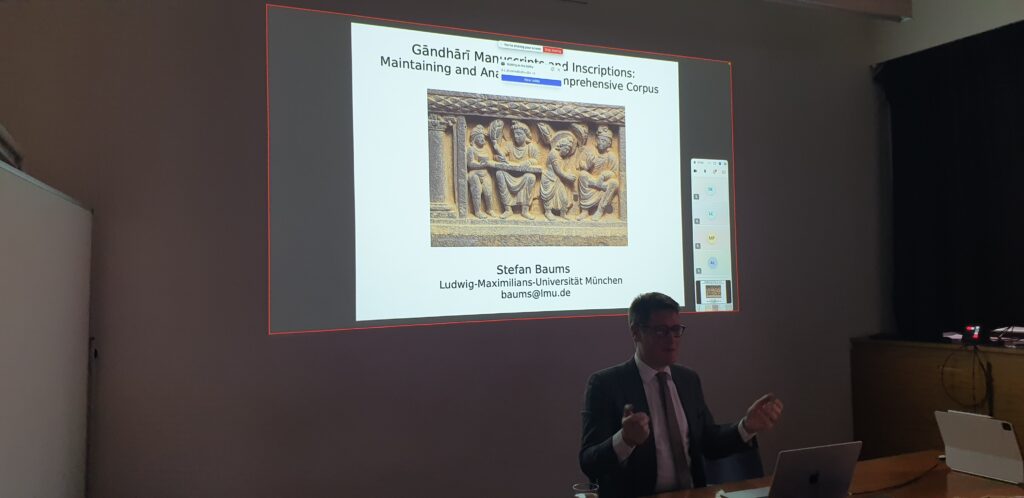
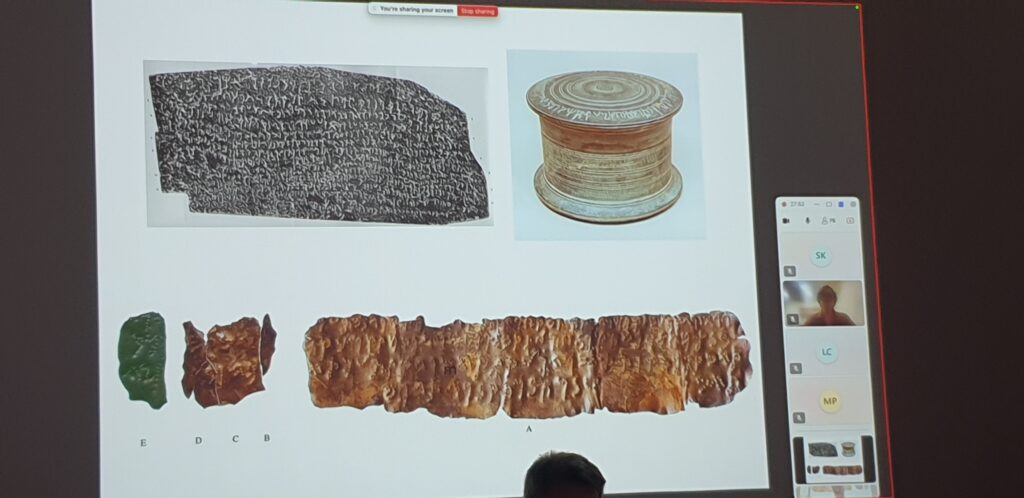
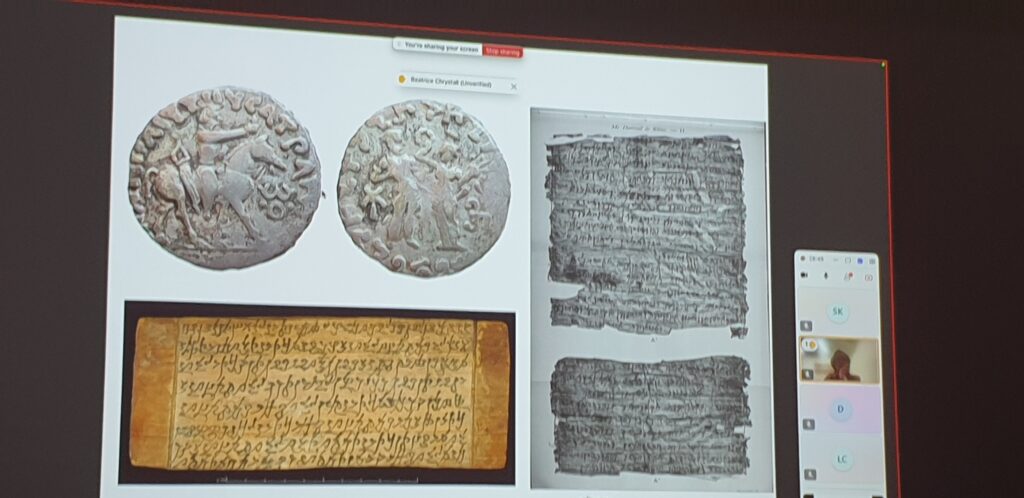
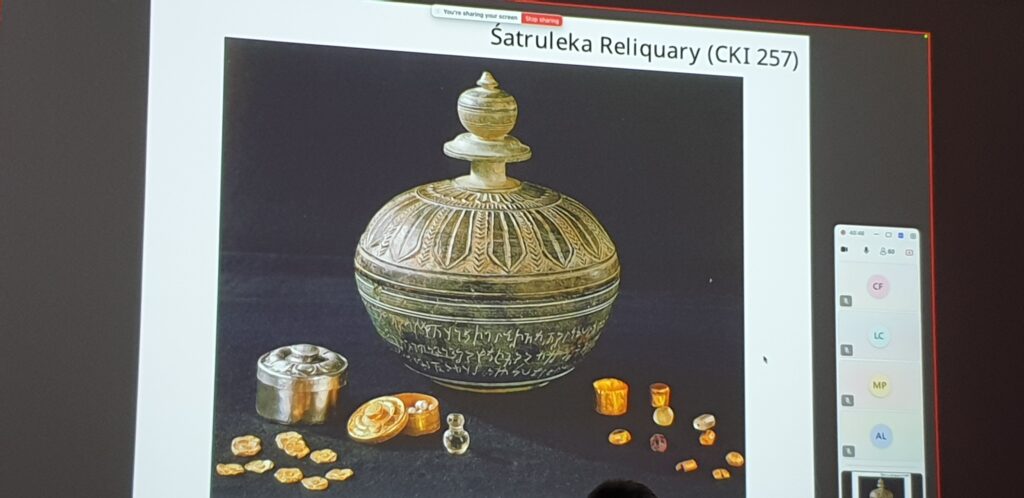
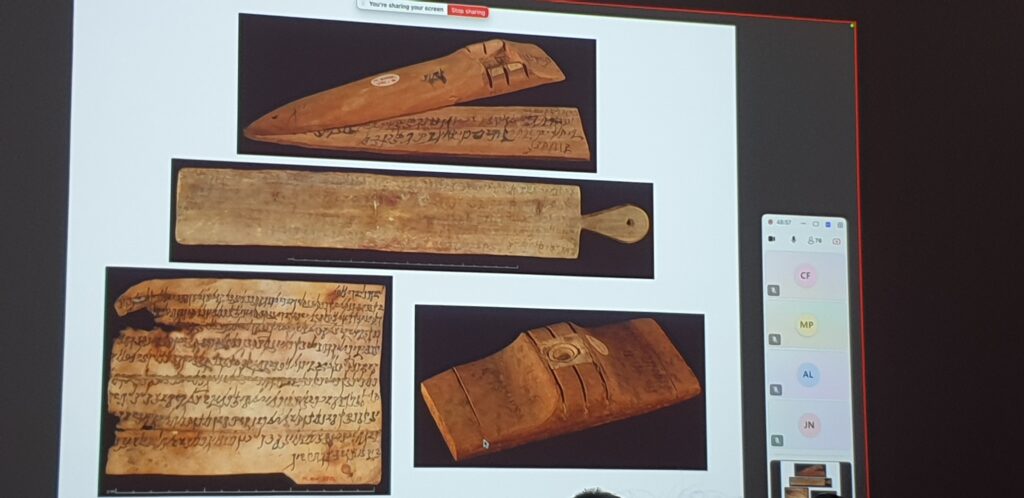
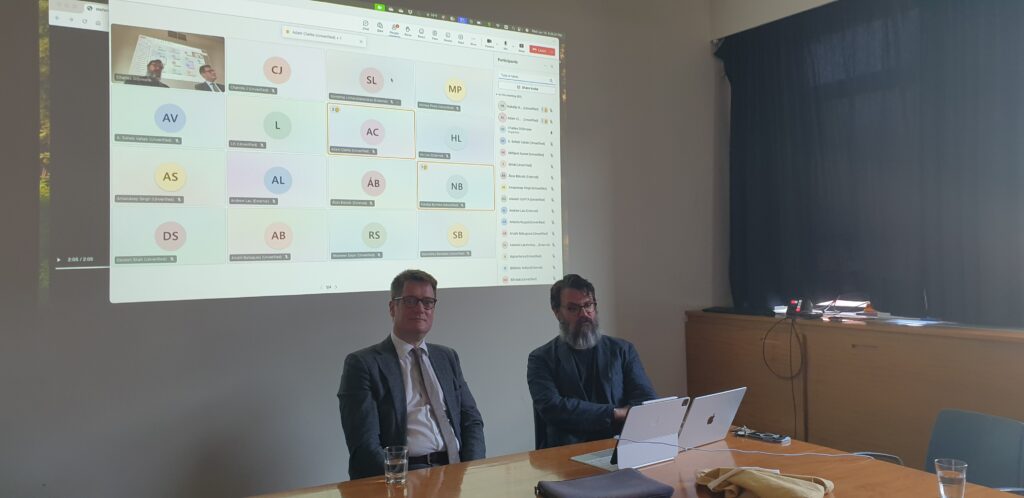



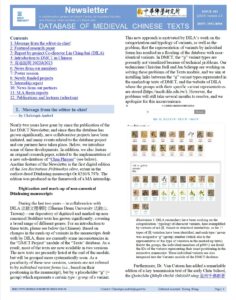
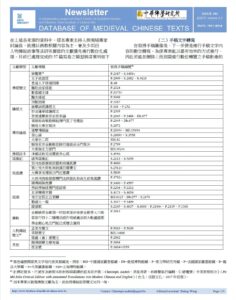
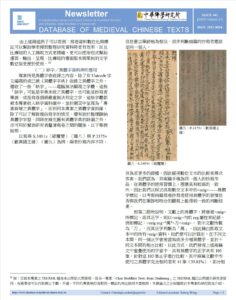
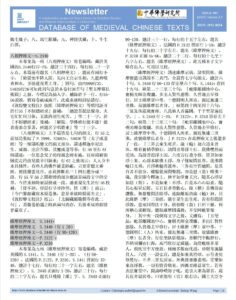
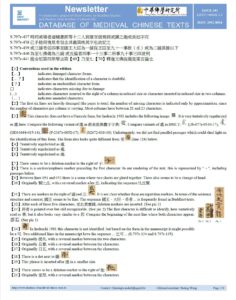
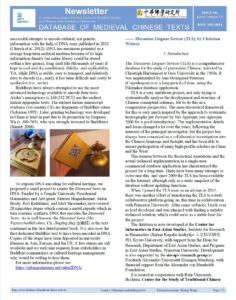
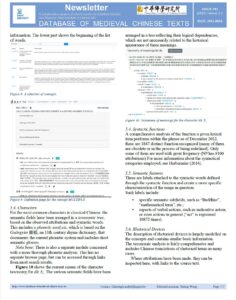
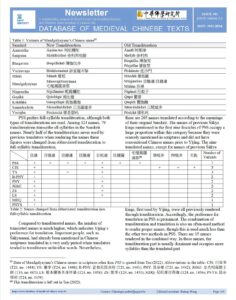
 Dr. Hou joins us from UC Berkeley with the project: Visualizing Doctrine: A Study of Exegetical Diagrams in Medieval Chinese Buddhism (8th–10th Centuries)
Dr. Hou joins us from UC Berkeley with the project: Visualizing Doctrine: A Study of Exegetical Diagrams in Medieval Chinese Buddhism (8th–10th Centuries)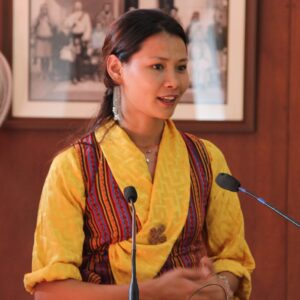 Dr. Bhutia joins us from the University of Tartu with the project: Local Deities, Natural Disaster, and Ritual Waste in Vernacular Buddhist Practices in the Himalayas
Dr. Bhutia joins us from the University of Tartu with the project: Local Deities, Natural Disaster, and Ritual Waste in Vernacular Buddhist Practices in the Himalayas

